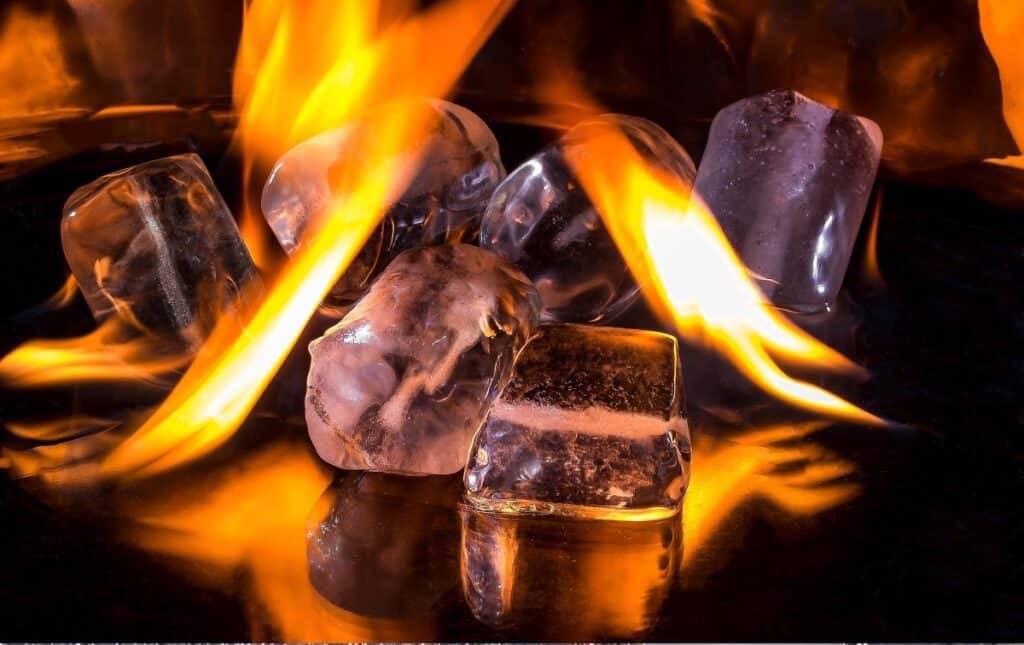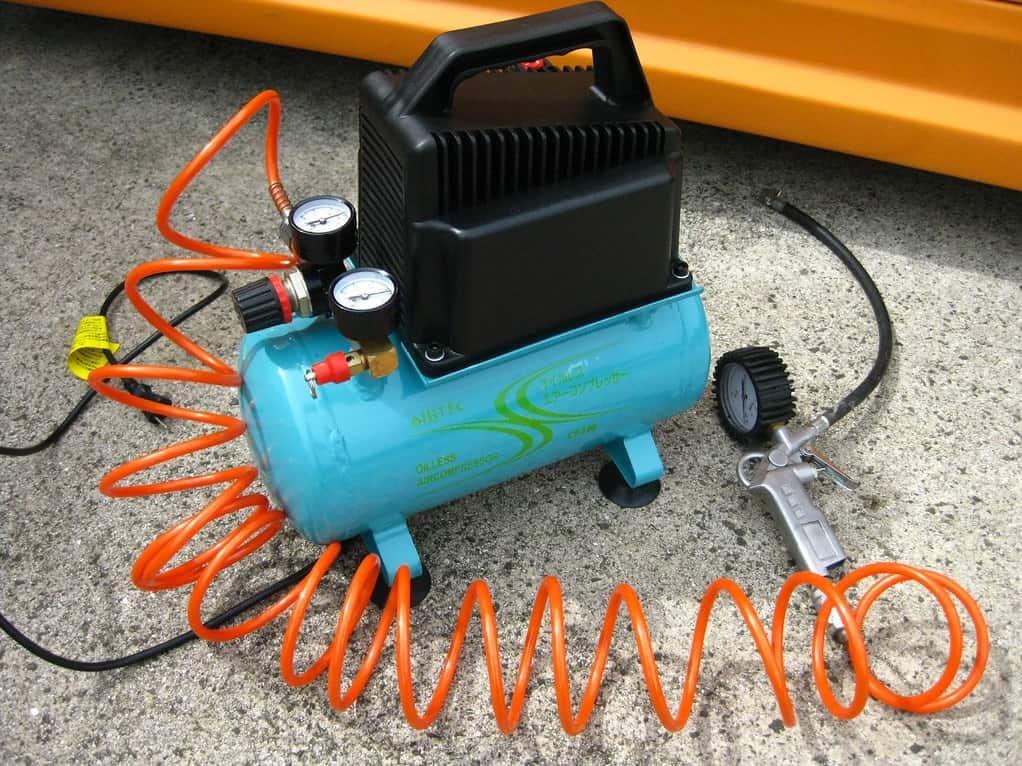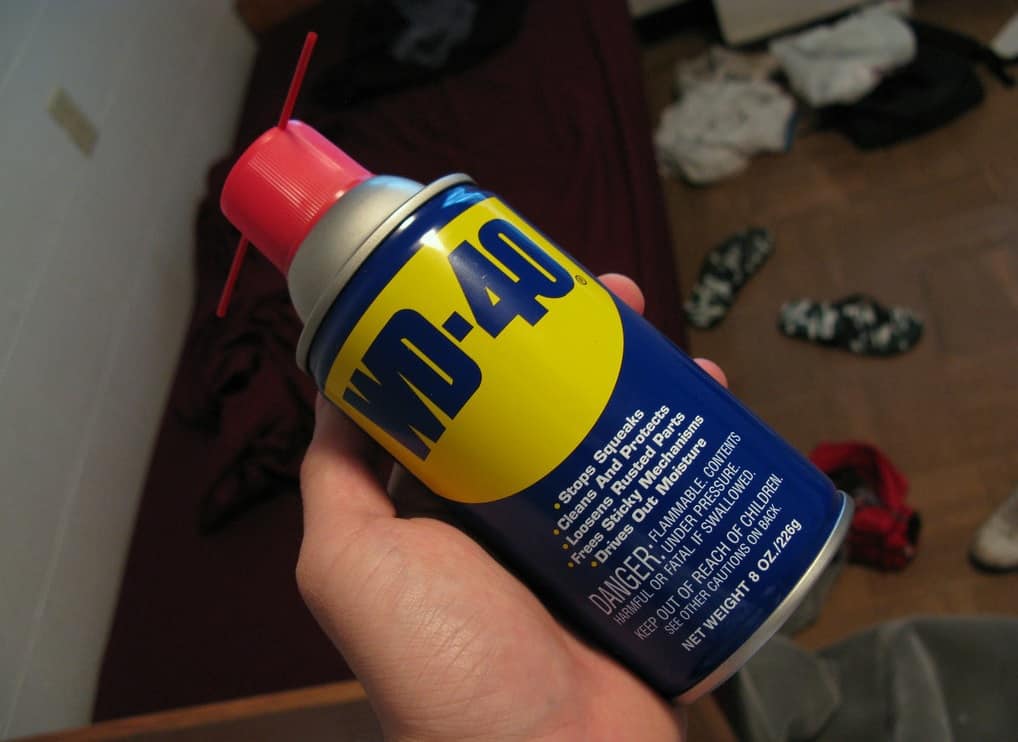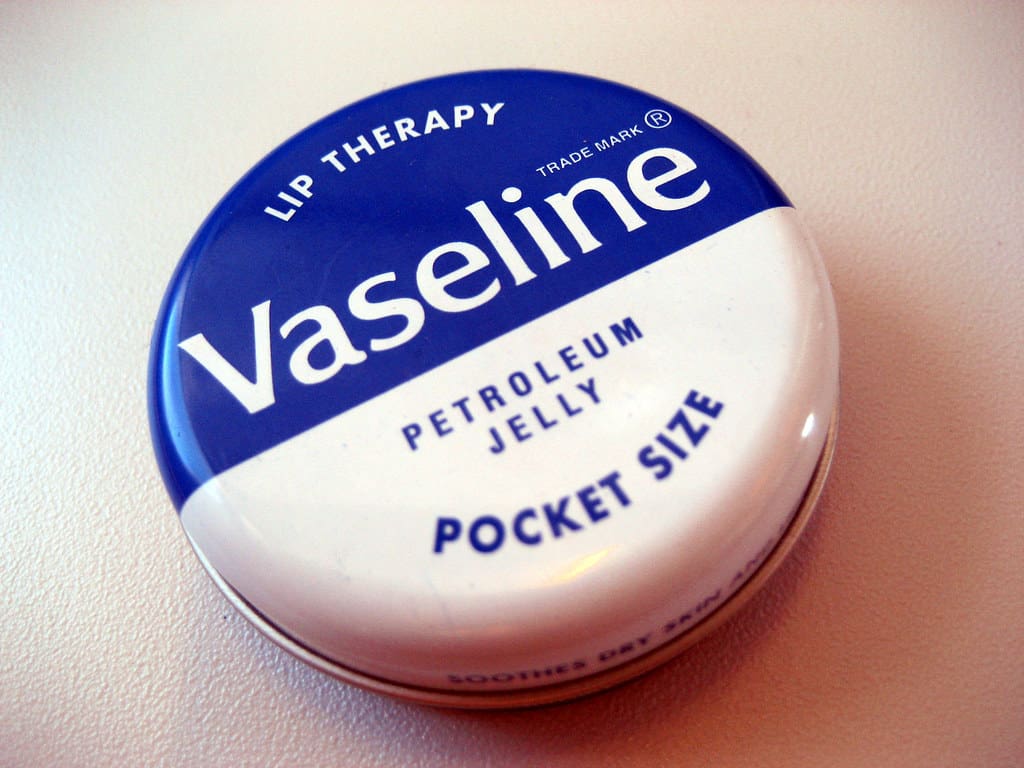Hiring out multiple paddleboards a week taught me one very important thing.
The adjustable paddles are notorious for getting stuck and they can be extremely difficult to get apart when they decide they want to be stubborn.
I have had the unfortunate pleasure of getting apart multiple stuck paddles and fortunately to date there hasn’t been a paddle that hasn’t come apart.
I have tried nearly every method out there and can categorically say the best method to get a paddleboard paddle unstuck is as follows.
The best method to get a paddleboard paddle unstuck is by using heat on the stuck sections.
Using a heat source such as a hair dryer or even weed burner, heat the section of the pole that contains the stuck section ensuring the heat is evenly distributed across the paddle section to avoid causing damage.
As the paddle section heats up it will begin to expand, using heat proof gloves pick up the paddle and begin twisting/ pulling the paddles apart.
This may take several attempts but the paddle will eventually separate.
There are many other ways in which we can attempt to get the paddle unstuck but so far I have 100% success rate with this method when the others have failed to even get a twist of the stuck paddle.
If you aren’t keen on being a pyromaniac and taking heat to your paddle then there are some additional methods you might want to try.
Additional methods to get a paddle unstuck
Water

One of the first methods you can try is using water around the joint of the stuck components to try and dislodge the sand/ grit that is likely causing the friction.
Admittedly this method has never worked for me but it is certainly worth a shot.
I would however suggest using something high pressure such as an adjustable shower head or even pressure washer as the sand is likely lodged in there pretty well.
Ice and Heat
This method uses a similar principle to the best method I described above, however, adds a few additional steps while avoiding the increased chances of damaging the paddle.
Much like the heating method this works on the characteristics of metal when placed under different temperatures.

By placing the paddle, specifically the joint where the paddle is stuck in ice water and allowing it to sit, as the metal cools rapidly it condenses and shrinks slightly.
By taking the condensed metal out of the ice water and then pouring hot water on the top pole in which the other section is connected into, it can cause the top pole to expand enough to allow the paddle sections to be twisted and pulled apart.
This method has given me some success but it is quite time consuming and fiddly.
Air compressor

If you happen to have an air compressor laying around it may be worth trying to blast the joint of the paddle where it’s stuck with the air compressor.
As the air rushes down the joint you may get lucky and it may dislodge the sand and grit enough to allow the paddle to be twisted and pulled apart.
WD40

Good old WD40 the lubricant that keeps on giving.
This is better for when the paddle is stuck due to it being left in an assembled position for long periods of time.
The paddles often get stuck when the sand, grit and salt from the seawater causes the paddle to seize, much like when calcification occurs in the body.
Note you will need an awful lot of WD40 to get it unstuck but it certainly does the job.
I have had success with this method but it is quite expensive as you burn through WD40 rapidly when trying to get the paddle unstuck.
Apply the WD40 around the connection that is stuck and stand the paddle upright so that the WD40 runs down in between the two stuck sections.
Once the WD40 has started to work its magic simply start twisting and pulling until the paddles begin to become unstuck.
Straps, suspension and tapping.
Now this name doesn’t roll off the tongue like the others do but it with a bit of setup this is actually a really good method.
For this method you will need a couple of ratchet straps or similar and some posts to allow the paddle to be suspended in the air from the straps.
Apply a strap at each end of the paddle where possible and suspend in the air between two poles or posts.
Tighten the straps so that there is a good amount of tension but not too tight that it can crush the handle of the paddle.
Once suspended and taut, using a rubber mallet or similar gently tap the joint when the sections are stuck, as the paddle bounces gently the two poles should hopefully begin to loosen and separate away from each other.
After enough times the poles will simply slip apart from each other.
How to prevent paddle getting stuck in the future
Congratulations you did must have got the paddle unstuck otherwise you wouldn’t be reading this section.
Getting a particular stubborn paddle unstuck although extremely satisfying and rewarding it is definitely worth trying to avoid the issue entirely.
So just how can you go about making sure this issue doesn’t rear its head again?
Regular cleaning
Well the first and rather obvious answer is good maintenance and regular cleaning, after each use it is recommended the paddle sections are taken apart and thoroughly cleaned out to ensure all grit, sand and salt deposits are removed from the paddle.
I’m sure there are lots of tools and gimmicky things you can use to do this however I tend to just favour warm, soapy water to soak and then a quick blast out with a garden hose or shower.
Vaseline

For further reassurance, vaseline is your friend.
Yes that’s right I actually did mean to write vaseline, it wasn’t a typo or an autocorrected word.
Vaseline is fantastic for stopping friction (just ask marathon runners) and also acts as a slight lubricant.
Once the paddle sections have been cleaned out and dried down you may want to consider applying a nice layer of vaseline around the paddle section that often slides in and out of the receiving section.
This is starting to sound a little PG13 but I don’t mean for it to.
I genuinely do apply vaseline to the paddle sections.
The vaseline not only helps prevent the paddle getting stuck but it also helps avoid scratching the paddle sections when pulling them apart when there is sand particles or grit.
If you have a sticky paddle try this method and thank me later.
